Piano hinges, also known as continuous hinges, are simple yet ingenious devices widely used in various applications. Their unique design allows for smooth and continuous rotation, making them ideal for doors, lids, and other structures that require seamless movement. How do piano hinges achieve this remarkable functionality?
Piano hinges work through their extended length, which allows them to distribute the weight of the connected objects evenly. When installed, they create a seamless, unbroken line along the entire length of the two surfaces they join. This unique design facilitates smooth movement. It makes them ideal for applications like piano lids, foldable tables, cabinet doors, and even certain types of movable partitions.
It is important to understand how piano hinges work. But it may not be enough, so I’ll give you more details about piano hinges in the next section
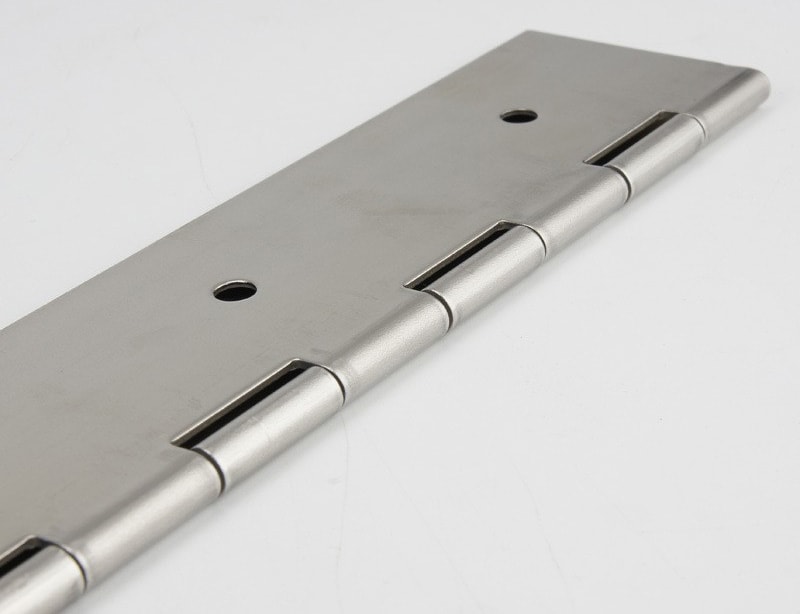
Why is It Called a Piano Hinge?
The term “piano hinge” originates from its extensive use in pianos to attach the lid to the main body of the instrument. This hinge’s elongated design allows for a smooth opening and closing motion, mimicking the seamless movement of piano lids.
The piano hinge has an elongated structure. It is ingeniously designed for a fluid and flawless opening and closing motion. This motion resembles the graceful movement of a piano lid gliding up and down effortlessly. Pianists find this smooth operation essential. It allows them to access the keys easily and create beautiful music without hindrance. As a testament to its effectiveness, the distinctive hinge design has expanded beyond pianos. It is now used in various industries and projects. Its ability to provide continuous support and unhindered movement is highly valued and appreciated.
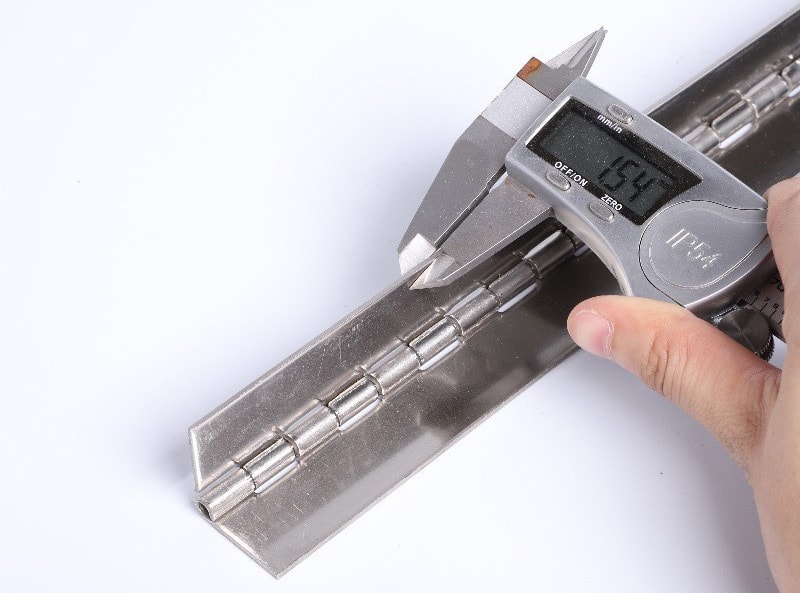
What Does a Piano Hinge Look Like?
A piano hinge is a type of hinge characterized by its elongated, narrow, and flat design. The hinge is distinguished by a series of equally spaced knuckles that run along its entire length. These knuckles facilitate smooth rotation and enable the connected objects to move seamlessly.
Piano hinges are commonly crafted from robust materials such as steel or brass, ensuring their durability and reliability over time. This sturdiness allows them to withstand frequent usage and heavy loads without compromising their functionality. Due to their simple yet effective design, piano hinges have found widespread use in various applications, ranging from musical instruments and cabinets to foldable furniture and industrial equipment, where their ability to provide continuous support and smooth movement makes them an indispensable component.
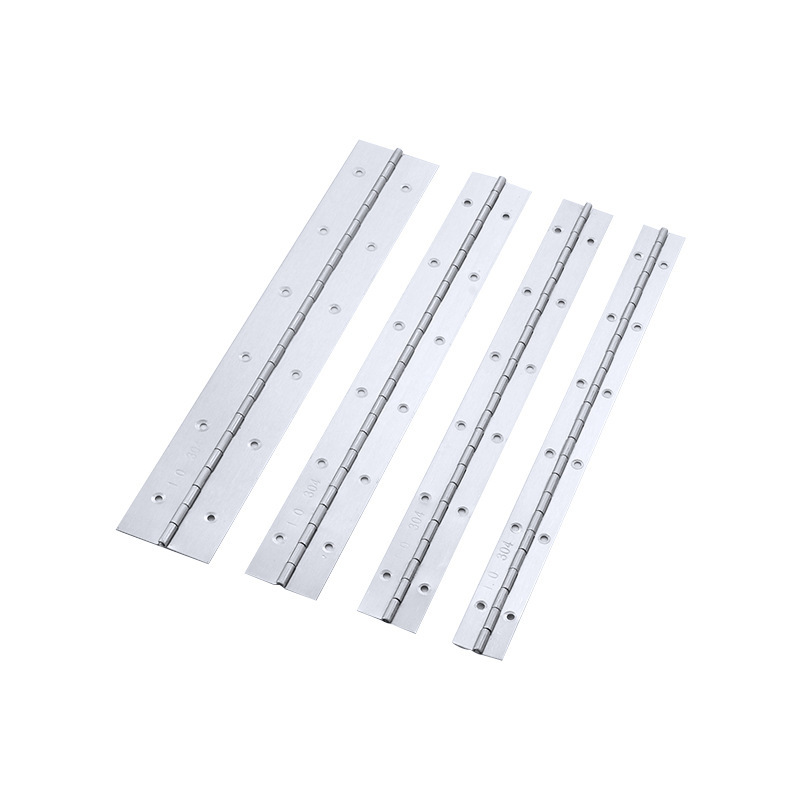
What Are Piano Hinges Used For?
Piano hinges find extensive use in a wide range of applications due to their unique design and reliable performance. Some common uses of piano hinges include:
- Musical Instruments:
As the name suggests, piano hinges are frequently used in pianos to attach the lid to the main body of the instrument. They enable the smooth opening and closing of the piano lid, allowing pianists to access the keys easily and create beautiful music without any interruption.
- Furniture Making:
Piano hinges are popular in the furniture industry for their seamless movement and continuous support. They are commonly employed in foldable tables, cabinets, chests, and storage boxes, enabling these items to open and close smoothly while maintaining stability.
- Doors and Gates:
In certain applications, especially where a continuous hinge is desired, piano hinges are used on doors and gates. They offer a sleek and elegant appearance, making them ideal for applications where aesthetics are crucial.
- Aeronautics and Aerospace:
Piano hinges are utilized in aircraft and spacecraft for various applications, including control surfaces, flaps, and access panels. Their reliability and ability to distribute weight evenly make them suitable for critical components in these industries.
- Marine and Boating:
In marine environments, where durability and resistance to corrosion are essential, piano hinges are often employed in boat compartments, hatches, and deck boxes.
- Industrial Equipment:
Piano hinges are commonly found in industrial settings for attaching access panels, machine guards, and enclosure doors. Their robustness and smooth operation make them suitable for heavy-duty applications.
- Architectural Applications:
In architectural designs, piano hinges are sometimes used for hidden doors, movable walls, and room dividers, providing a sleek and unobtrusive appearance.
- Educational and Display Boards:
In schools, offices, and exhibition spaces, piano hinges are used for boards and displays that need to fold and unfold easily.
- Medical Equipment:
Piano hinges are employed in medical furniture and equipment, such as examination tables and adjustable beds, ensuring precise and smooth movements.
- Automotive Industry:
In certain automotive components, like foldable seats, piano hinges offer an efficient and space-saving solution.
The versatility of piano hinges, coupled with their reliability and continuous support, makes them a favored choice across various industries and applications, enhancing the functionality and convenience of the products and structures they are integrated into.
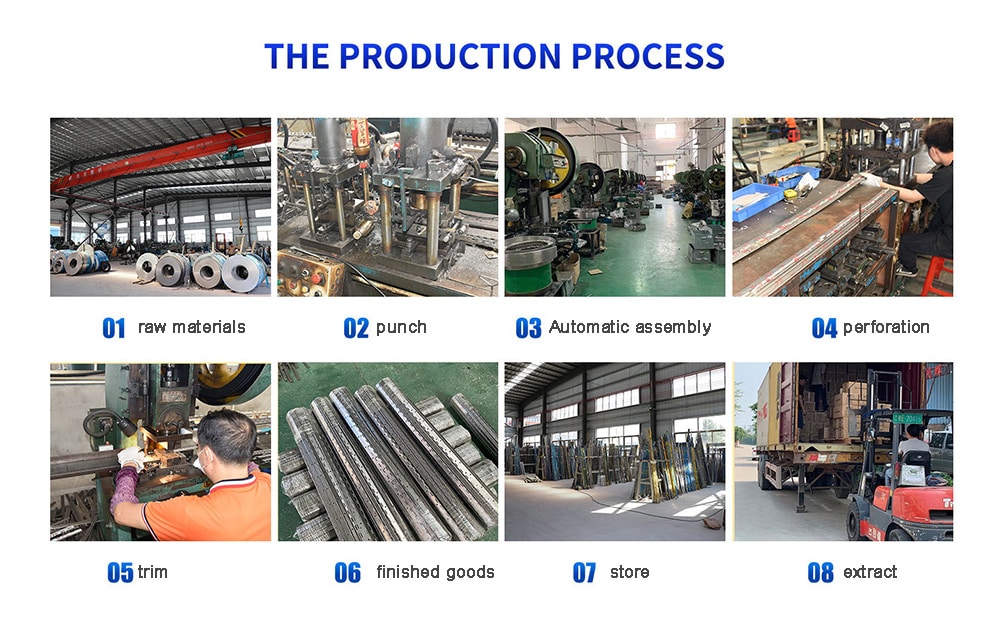
Why Use a Piano Hinge?
Piano hinges offer various benefits, making them a preferred choice in different applications.
Firstly, their elongated design ensures even weight distribution, contributing to stability and durability. This uniform weight distribution prevents undue stress on the hinge, extending its lifespan and maintaining a smooth operation.
Secondly, piano hinges allow seamless movement, enabling smooth opening and closing without jerking or sticking. This is particularly crucial for piano lids or cabinet doors, enhancing user experience and functionality.
Additionally, their discreet installation adds to the overall aesthetics, making them ideal for projects requiring a neat and unobtrusive hinge solution. The combination of even weight distribution, smooth movement, and a sleek appearance makes piano hinges indispensable in various industries and projects.
Are Piano Hinges Strong?
Yes, piano hinges are exceptionally robust due to their extended length and sturdy construction. They can bear considerable weight and resist wear and tear, ensuring their reliability even under heavy usage.
Can Piano Hinges Be Cut Down?
While it is possible to cut piano hinges to fit specific lengths, this process requires careful consideration and the right tools to maintain the hinge’s integrity and functionality.
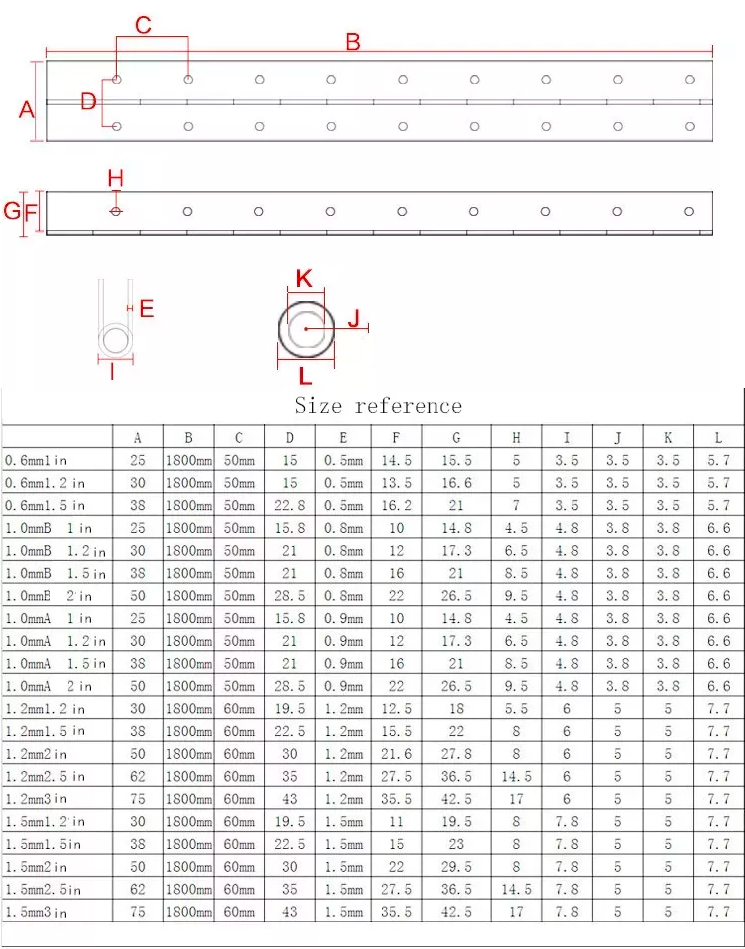
How Piano Hinges?
Piano hinges work by evenly distributing the load along their length, allowing for seamless rotation and smooth movement.
Are Piano Hinges Hidden?
Piano hinges can be either visible or hidden, depending on the application and design requirements. Hidden piano hinges provide a cleaner and more aesthetically pleasing appearance, often used in high-end cabinetry and furniture.
When to Use Piano Hinges?
Piano hinges are ideal for applications where seamless rotation, durability, and even weight distribution are crucial. They are commonly used in projects that involve lids, folding surfaces, or any mechanism that requires continuous support.
What Size Piano Hinge Do I Need?
Selecting the right size of a piano hinge depends on the specific project and the weight it needs to support. Measuring the length and weight requirements of the application will help determine the appropriate hinge size.
Where to Buy Piano Hinges?
Piano hinges are available in hardware stores, specialty hinge suppliers, and online retailers. Ensure to choose hinges made of high-quality materials for maximum durability and performance.
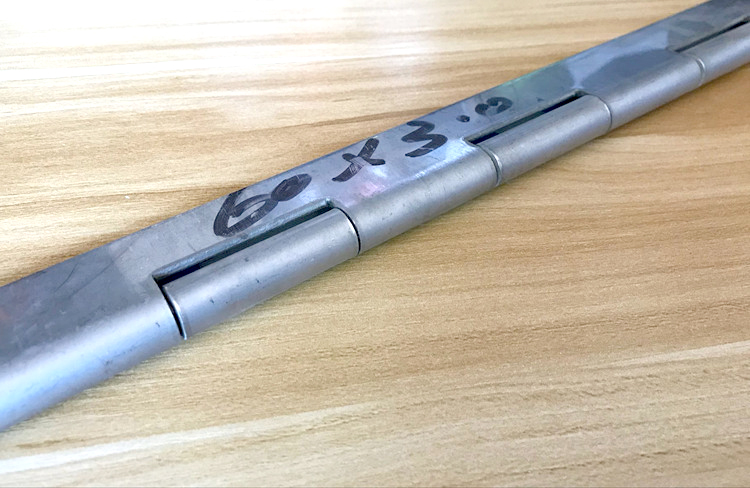
Conclusion:
In conclusion, piano hinges exemplify a time-tested engineering marvel, providing seamless movement and stability to a wide range of applications. From the melodic world of pianos to the practicality of modern furniture, piano hinges continue to be a reliable and elegant solution for connecting and rotating objects smoothly. Their unique design and versatility make them an indispensable component across various industries, and their enduring appeal ensures their continued use for years to come.




